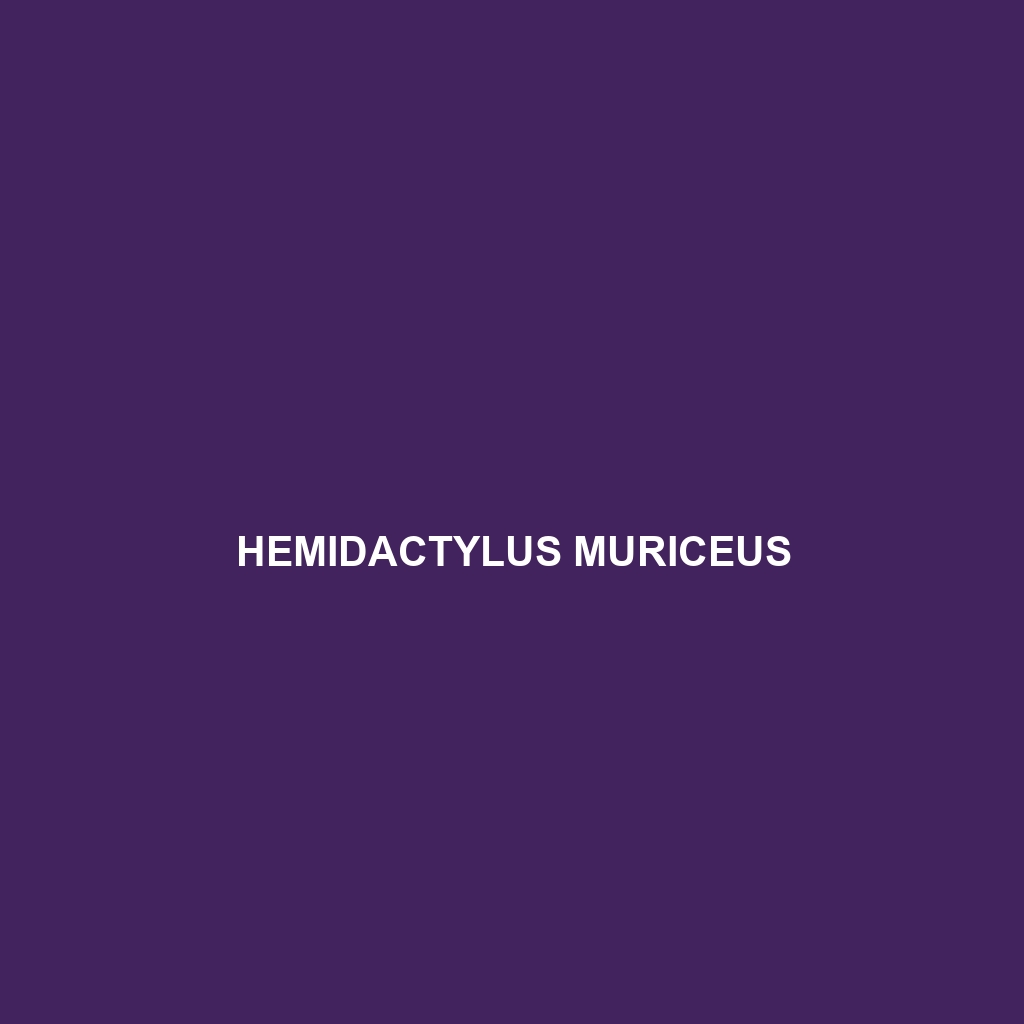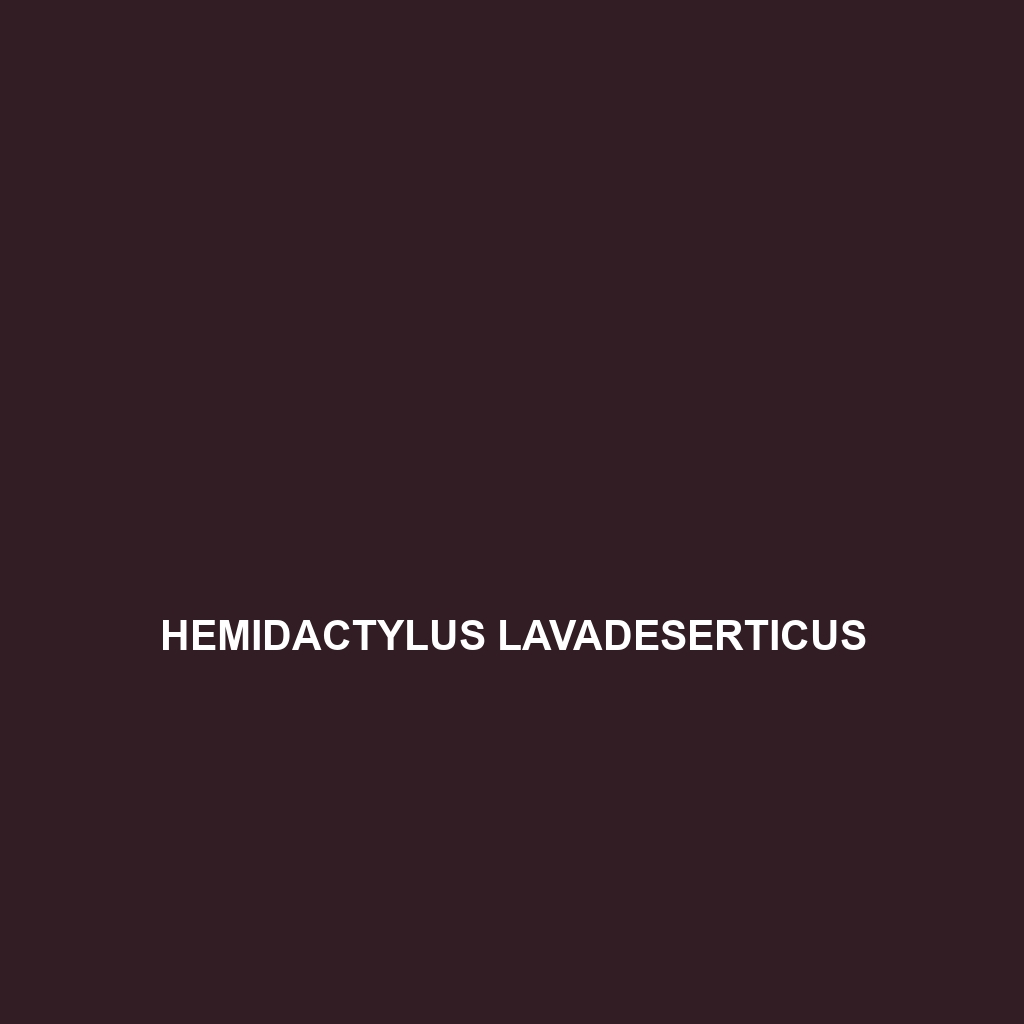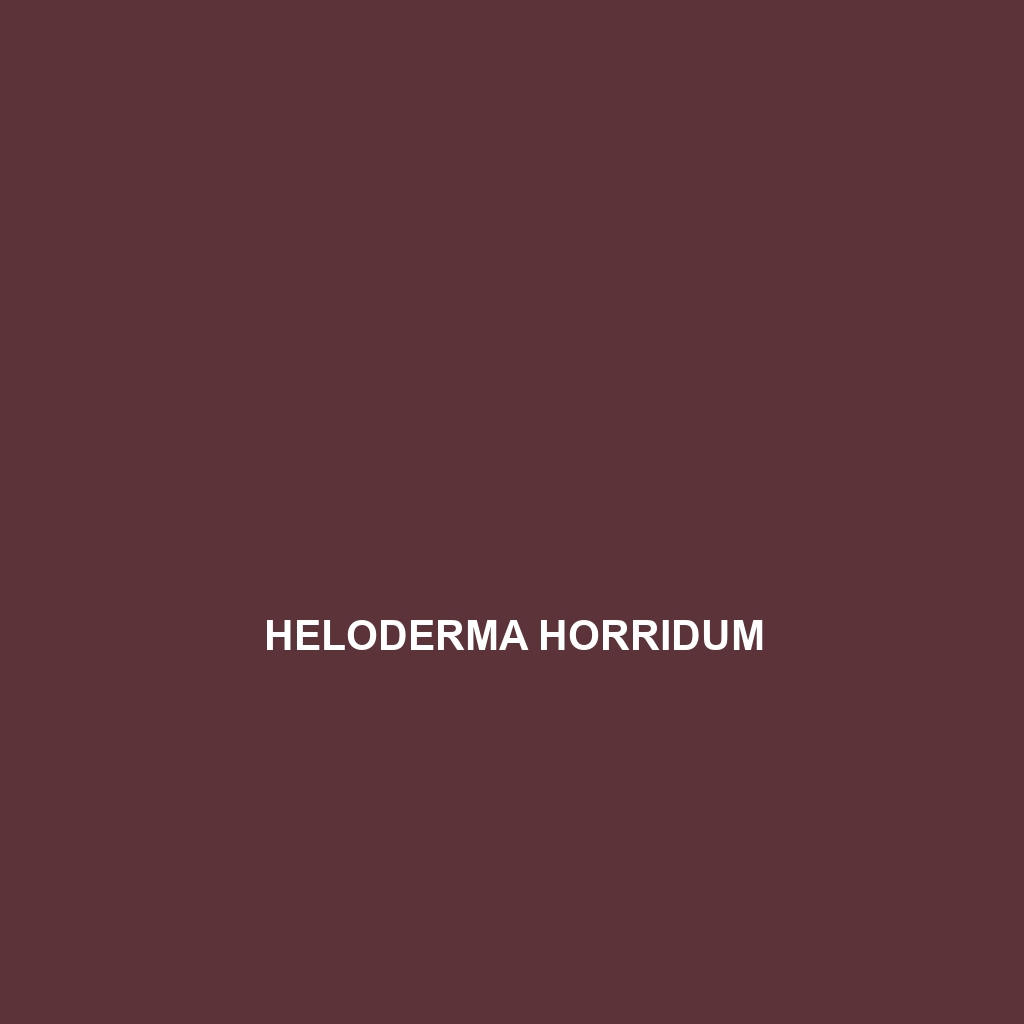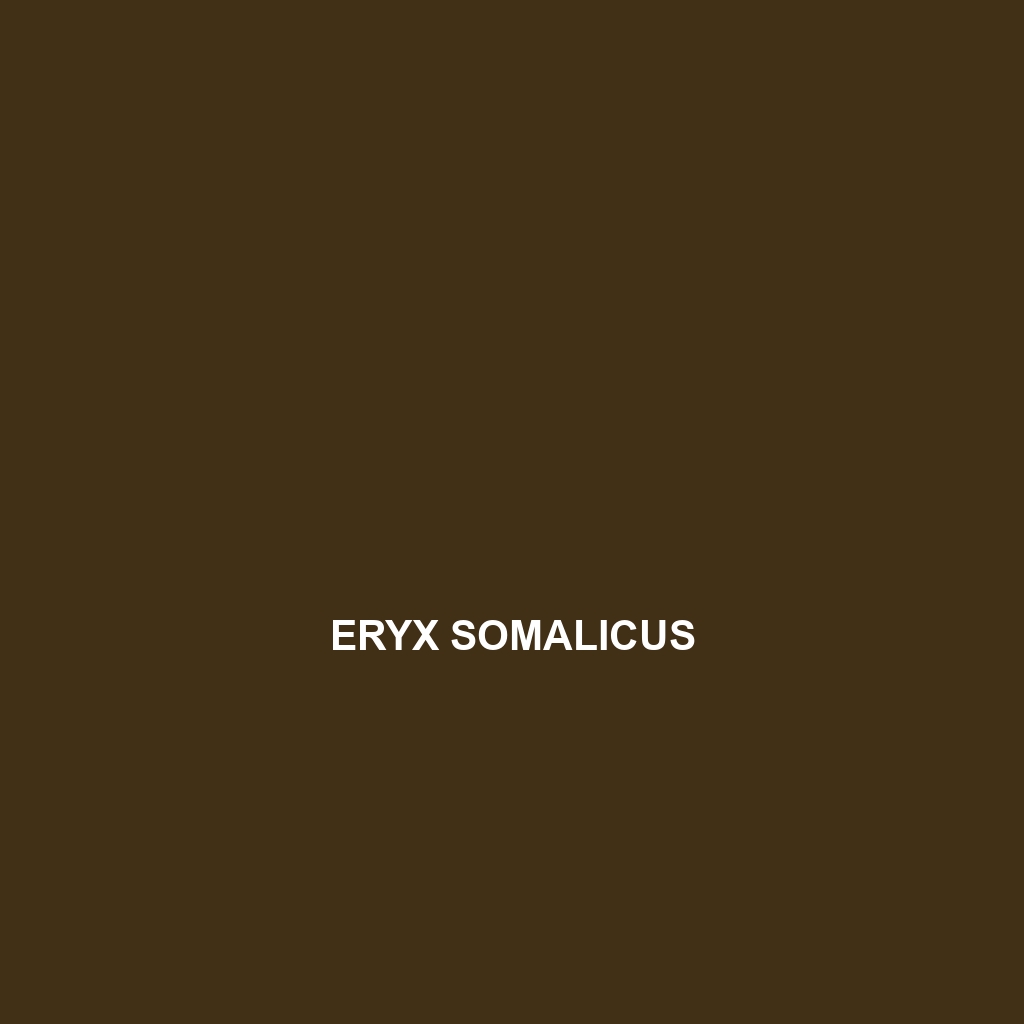<b>Hemidactylus muriceus</b>, or the Muriceus gecko, is a small, nocturnal insectivore found in tropical rainforests and savannas, featuring a slender body and a remarkable range of camouflage colors. This adaptable species plays a vital role in its ecosystem by controlling insect populations and serving as a food source for larger predators.
Tag: desert adaptations
Hemidactylus lavadeserticus
Discover the resilient Hemidactylus lavadeserticus, or desert gecko, known for its agile, slender body reaching 10 to 15 cm in length and its exceptional camouflage in sandy and rocky environments. This nocturnal insectivore plays a vital role in its ecosystem by controlling insect populations while showcasing fascinating behaviors like tail regeneration and territorial displays.
Heloderma exasperatum
<p><b>Heloderma exasperatum</b>, commonly known as the Mexican beaded lizard, is a strikingly beautiful, venomous lizard characterized by its black and dark brown body adorned with vibrant yellow and orange bead-like patterns. This nocturnal predator, native to western Mexico's temperate forests and savannas, plays a crucial role in its ecosystem while facing threats from habitat destruction and illegal trade.</p>
Eumeces cholistanensis
The Eumeces cholistanensis, or Cholistan skink, is a medium-sized, diurnal insectivore native to the arid Cholistan Desert in Pakistan, featuring a robust body, smooth scales, and a light brown coloration with darker stripes for effective camouflage. This skink plays a vital role in its ecosystem by controlling insect populations and serves as a prey source for larger animals while displaying unique adaptations for burrowing and survival in harsh conditions.
Eryx somalicus
The Eryx somalicus, or Somali sand boa, is a robust and nocturnal snake found in arid regions of Somalia, Ethiopia, and Kenya, measuring 60 to 90 cm in length. Known for its distinctive light tan or yellow coloration with dark blotches, this carnivorous species primarily preys on small mammals and plays a crucial role in maintaining local ecosystem balance.
Eryx miliaris
The Eryx miliaris, or spotted sand boa, is a robust, nocturnal snake found in arid North African and Middle Eastern environments, known for its distinctive camouflaging coloration and unique ambush hunting techniques. This species plays a crucial ecological role by controlling small mammal populations and serves as a food source for larger predators.
Eremias graphica
Discover the Eremias graphica, a slender lizard native to the arid regions of Central Asia, featuring smooth scales and distinctive coloration for effective camouflage. This diurnal insectivore thrives in challenging environments, employing unique burrowing behaviors and playing a vital role in its ecosystem as both predator and prey.
Dipsosaurus dorsalis
Discover the <b>Dipsosaurus dorsalis</b>, commonly known as the desert iguana, a medium-sized lizard thriving in arid environments of the southwestern United States and Mexico. With a robust body and distinctive grayish-brown coloration, this omnivorous species plays a vital role in its ecosystem as both a herbivore and a prey species.
Diplodactylus bilybara
<h2>Common Name: Diplodactylus bilybara</h2> <strong>Diplodactylus bilybara</strong>, a vulnerable lizard species native to Australia's arid Pilbara and Gascoyne regions, known for its distinct sandy beige coloration, nocturnal behavior, and ability to regenerate its tail. This insectivorous reptile thrives in rocky habitats and plays a crucial role in maintaining ecological balance by controlling insect populations.
Desertum lugoi
Desertum lugoi, a vulnerable species thriving in arid regions of the southwestern US and northern Mexico. Known for its sandy beige to deep ochre coloration and nocturnal behavior, this agile creature features elongated limbs and sharp claws, primarily feeding on insects and small rodents while playing a vital role in its desert ecosystem.









